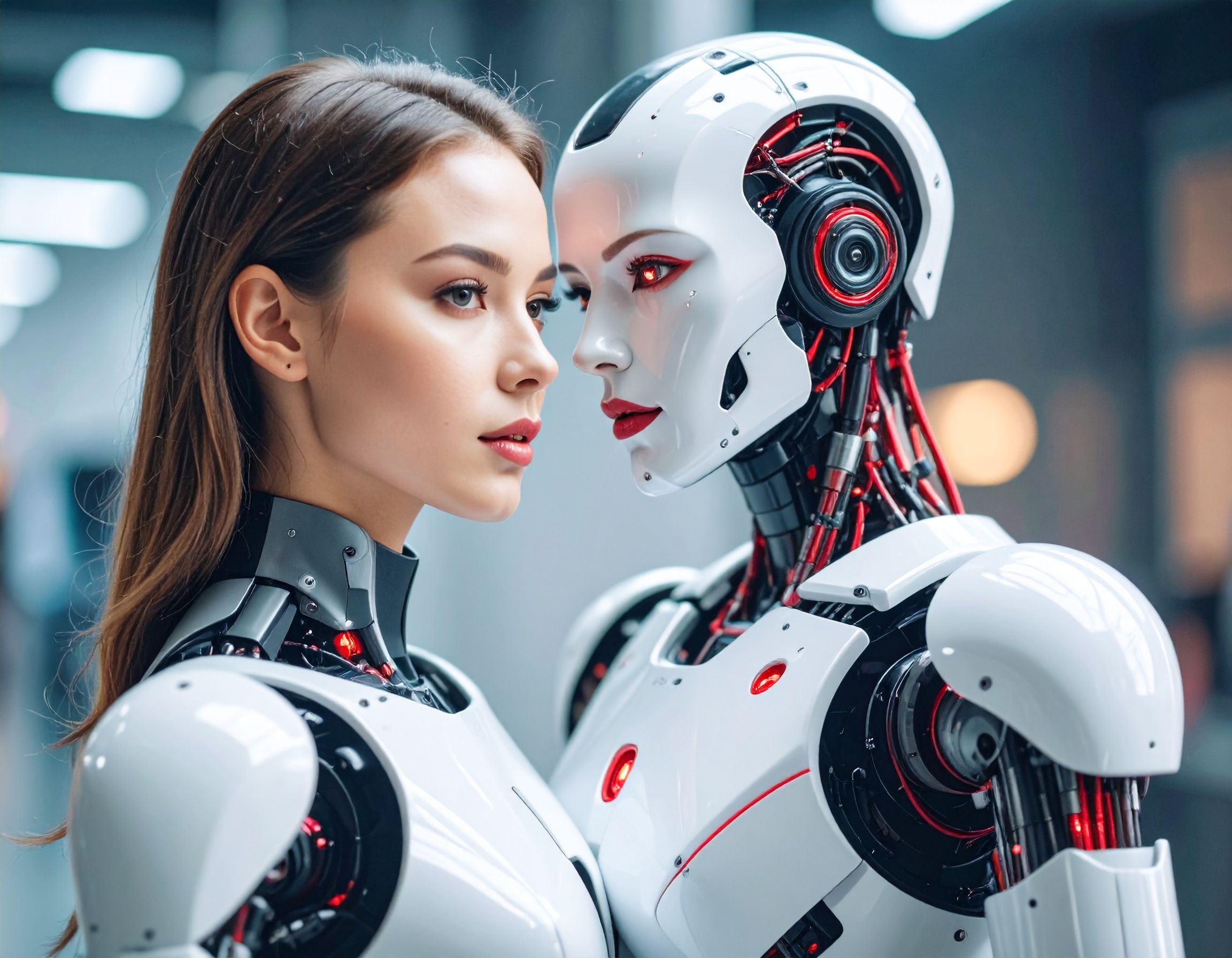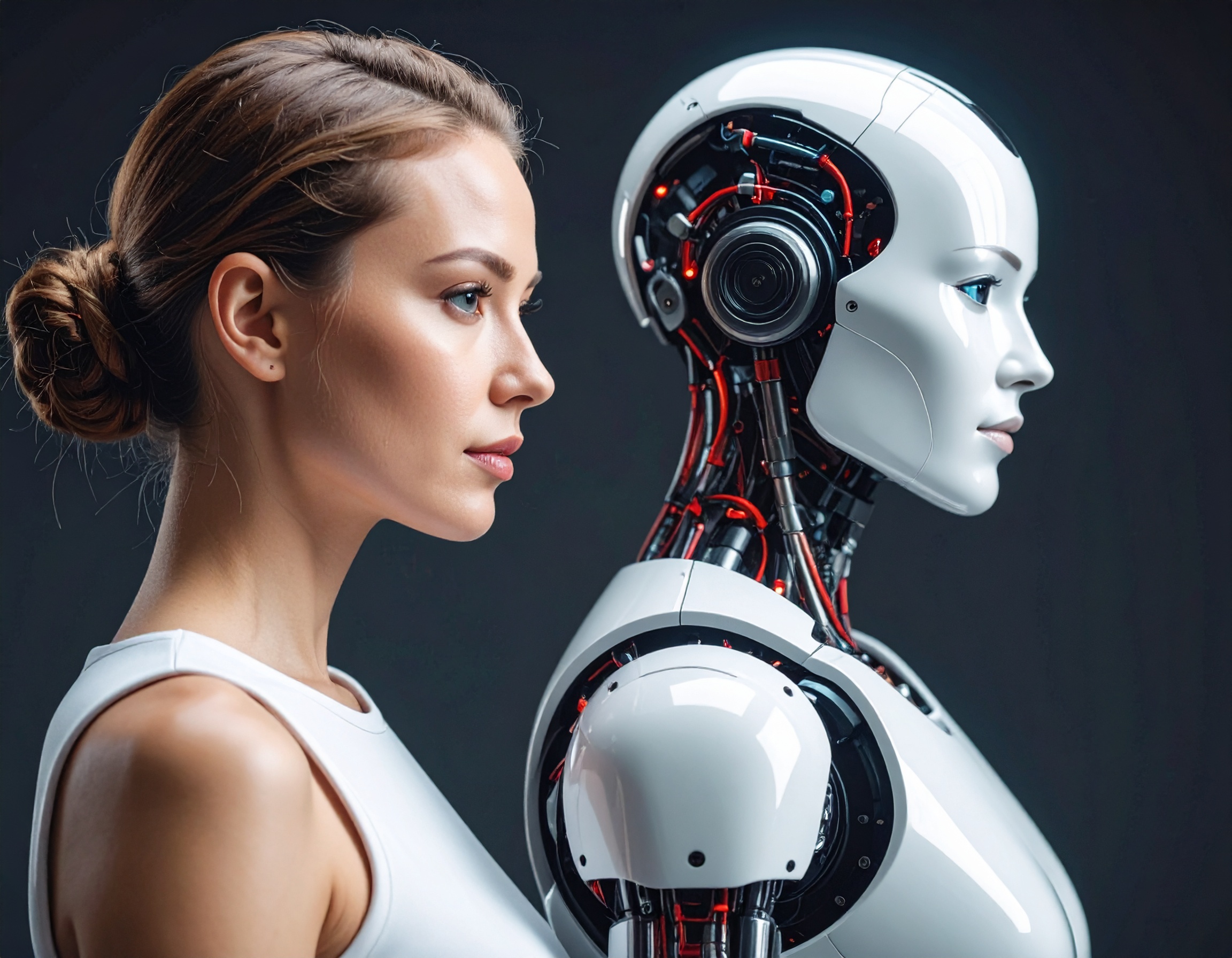The Future of Robotics: Eyes, Hands, Brains, and Mobility
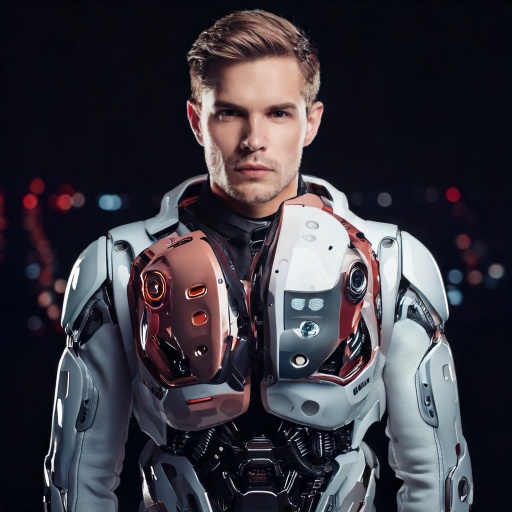
A New Era in Robotics
The future of robotics is shifting beyond mechanical automation. Key components like advanced AI vision, mobility, and hands-on capabilities are shaping the next generation of robots. These digital employees will no longer just follow pre-programmed tasks; they will learn and adapt to dynamic environments, transforming industries like healthcare and logistics.
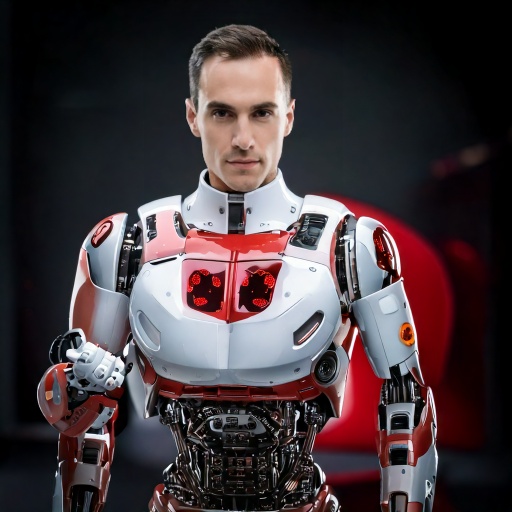
AI and Mobility Innovations
Innovations in AI vision, such as 3D AI technology, are enabling robots to understand their surroundings better. Meanwhile, mobility systems are granting them the ability to navigate independently using 3D mapping, making them more autonomous and versatile in real-world scenarios.
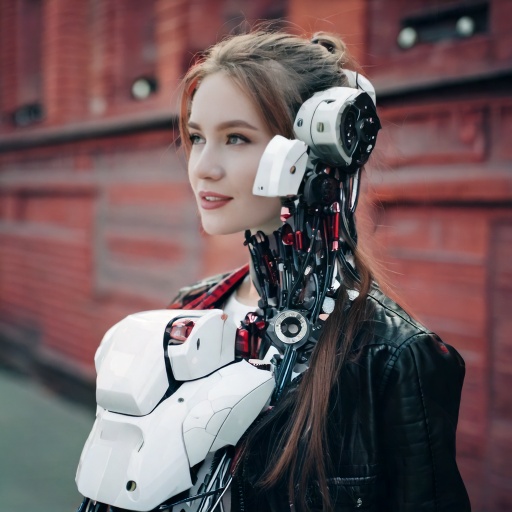
Implications for the Workforce
This new wave of non-human workers, powered by generative AI, promises greater efficiency and productivity. As robots become smarter, businesses—regardless of size—can implement advanced automation without major infrastructure investments, boosting both sustainability and performance.

Key Highlights:
- Robotics beyond 2025 will incorporate advanced AI, vision, mobility, and problem-solving capabilities.
- Robots will gain greater autonomy with features like 3D AI vision and independent navigation.
- The integration of generative AI will allow robots to perform tasks without prior programming.
- These innovations will make automation accessible to businesses of all sizes, driving efficiency and sustainability.
Reference:
